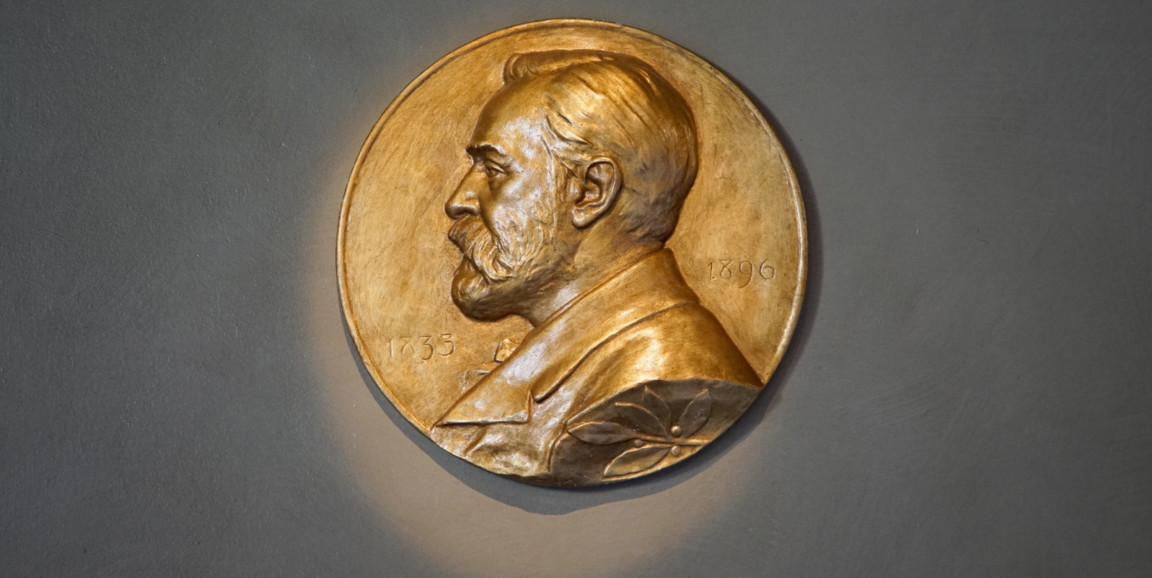This story has been updated as of September 2023.
With the 2023 Nobels upon us, what better time to test your knowledge on the eight Stanford Medicine researchers who have received this life-changing honor?
Take this quiz to see how much you know. Answers can be found here.
1. When did the first Stanford Medicine researcher win a Nobel Prize?
a) 1980
b) 1959
c) 1997
d) 1962
2. In what year, or years, did Stanford Medicine researchers win both the Nobel Prize in Physiology/Medicine and the Nobel Prize in Chemistry?
a) 2012
b) 2013
c) Both 1980 and 2000
d) Both 2006 and 2013
3. Which of these quotes is NOT from a Stanford Medicine Nobel laureate after learning they'd been awarded the prize?
a) "I'm trying to think of something very suitable to say. What do you think I should say?"
b) "It was like having five double espressos."
c) "I'm absolutely surprised."
d) "After I spoke with about five people -- they handed the phone around -- with really convincing Swedish accents, I started to think it was for real."
4. Which of these Nobel Prize-winning achievements was NOT from a Stanford Medicine scientist?
a) Developing sophisticated computer algorithms to build models of complex biological molecules.
b) Discovering how DNA is synthesized.
c) Discovering an "inner GPS" in the brain that makes it possible to orient ourselves in space.
d) Discovering that certain RNA molecules can be used to turn off specific genes in animal cells.
5. True or False: More than four decades apart, two Stanford professors who are father and son -- and both affiliated with the School of Medicine -- each won a Nobel Prize.
6. Which Nobel laureate was born at Stanford Hospital?
a) Andrew Fire
b) Arthur Kornberg
c) Michael Levitt
d) Brian Kobilka
7. Which Nobel laureate described his work in this way: "The brain works by neurons communicating via synapses. We'd like to understand how synapse communication leads to learning on a larger scale. How are the specific connections established? How do they form? And what happens in schizophrenia and autism when these connections are compromised?"
a) Roger Kornberg
b) Thomas Südhof
c) Brian Kobilka
d) Paul Berg
8. Which Nobel laureate is a pioneer of computational structural biology and also, with his wife, once designed a wire sculpture for the Burning Man festival in Nevada?
a) Michael Levitt
b) Roger Kornberg
c) Steven Chu
d) Andrew Fire
9. Steven Chu, the William R. Kenan Jr. Professor and professor of molecular and cellular physiology, was awarded the Nobel Prize in 1997 in which category?
a) Physics
b) Chemistry
c) Physiology/Medicine
d) Literature
10. At the age of 91, this Stanford Medicine Nobel laureate spoke at the School of Medicine's 110th commencement earlier this year, urging graduates to "Aim high and keep learning, be skeptical of accepted certainty and stay fast in the belief that facts matter."
a) Arthur Kornberg
b) Roger Kornberg
c) Paul Berg
d) Thomas Südhof
Photo by magann




